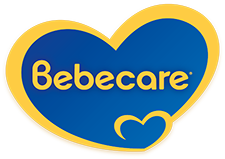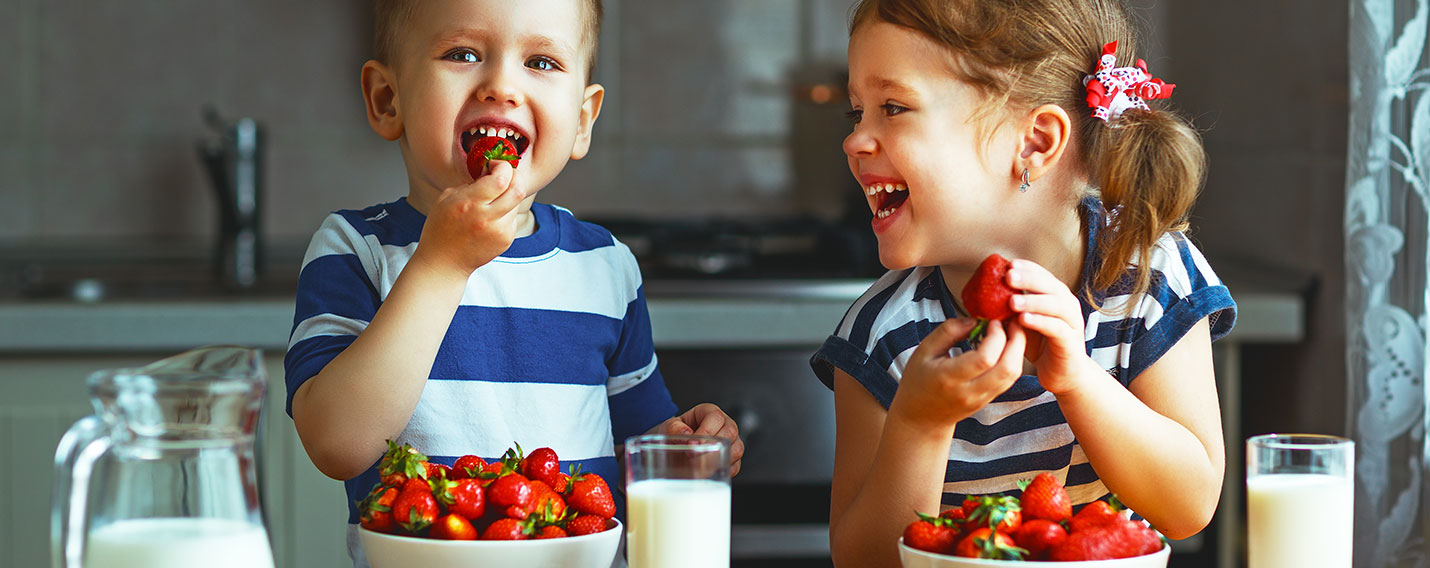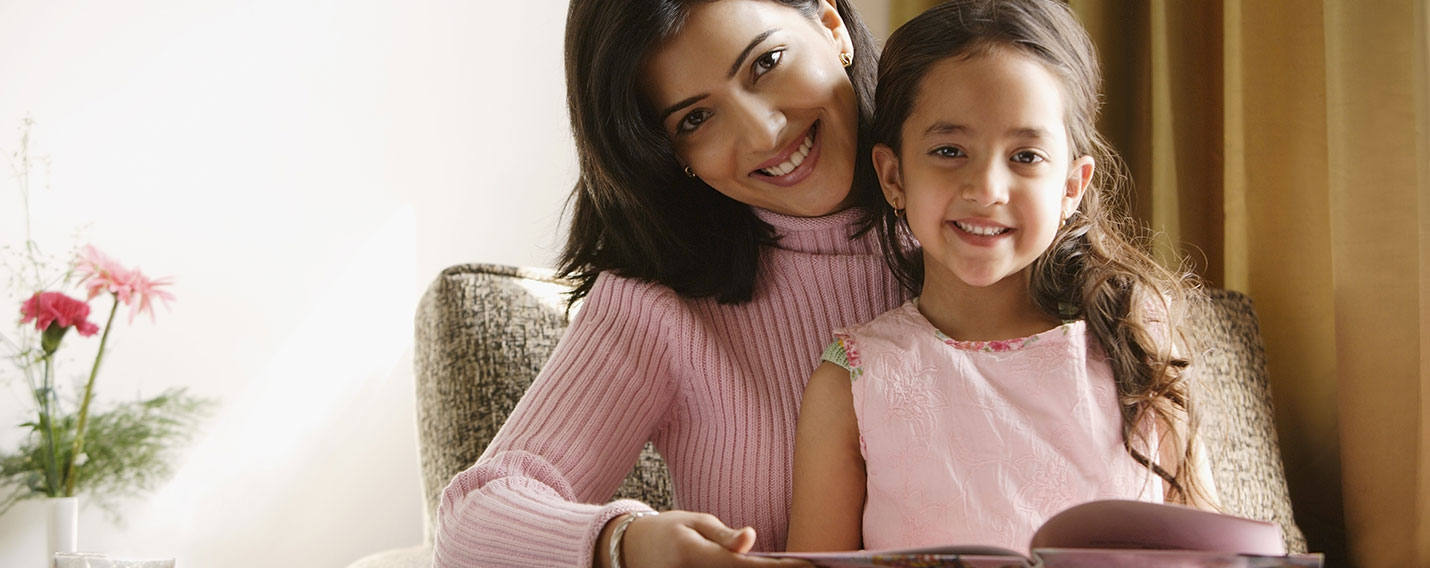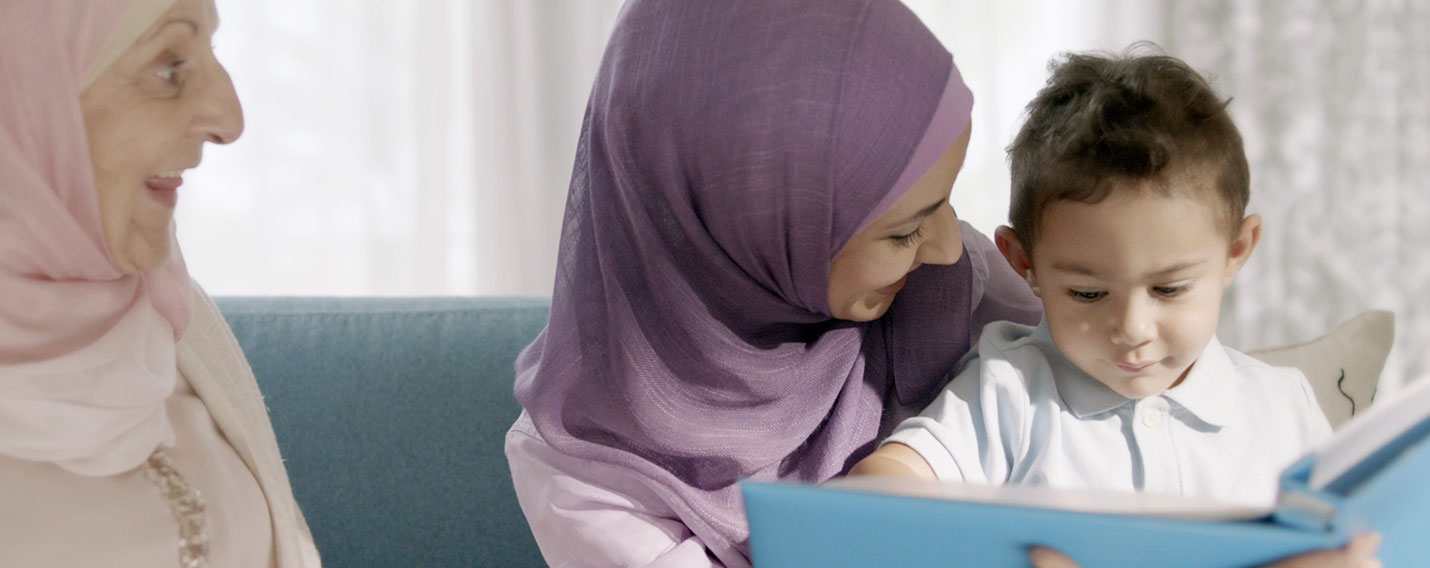Children begin forming relationships with people around them from birth. Their interactions with other people help them develop their social and emotional skills like understanding emotions, and controlling behaviors. It is important to understand some milestones your children are expected to meet t around roughly the same age mentioned in this article. This will help you assist your children with developing the necessary foundations for healthier social and emotional development at later ages.
Babies show what they are feeling by crying. They also communicate how they are feeling using face and body. They show interest in objects within 13 inches from their faces. They quieten down in response to a familiar adult comforting them. They might occasionally soothe themselves by sucking on hands and fingers. They smile and show pleasure in response to social interaction. Babies might also start attempting to make eye contact with caregivers and follow them with their eyes. They begin to smile at people around them as well.
Babies at this age show various reasons for discomfort (hunger, pain, etc..) using different tones of crying. They stop crying when comforted. They begin to differentiate between familiar faces and strangers, so they smile spontaneously at familiar people and show wariness to strangers. They being to play with objects by shaking them and wave their arms and legs to show excitement. They enjoy social interactions and like to play with familiar adults games like “peek-a-boo”. They might cry when the interactions stop. They attempt to imitate the movement and facial expressions of people around them.
At this age, babies enjoy looking at themselves in the mirror and respond to their own name. They express clearly differentiated emotions by smiling, crying, and pointing. They start showing preference to certain toys or get attached to comfort items. They cling to familiar adults and start displaying separation anxiety when they leave. They also begin to display shy behavior and anxiety around strangers. They understand being told “no” and other emotions like when an adult is angry at them. They copy other people’s sounds and gestures.
Babies become more interactive and start making sounds, gestures, and actions to get their caregivers’ attention. They may begin to show signs of independence and resistance to a caregiver’s attempts to help. For example, they will understand the words “no” or “give it to me”, but will not always obey. They start showing the ability to follow simple directions. For example, they can put their arms or legs out when asked while being dressed by an adult. They also attempt to test their caregivers’ patience by refusing to eat. They might show fear in unfamiliar situations.
Toddlers show interest in other children, play alongside them (parallel play), and begin to share things during play time. They play simple pretend games like feeding a toy baby. They show desire to try new things. They display joint attention and ability to point at things to show them to others. They show emotions more clearly like tantrums, fear, affection, and clinging. They begin to recognize themselves as separate individuals but still imitate others especially adults and older children. They show more independence and defiance (such as doing what they are specifically told not to do).
Children show concern and affection for others without prompting. They start playing with other children (cooperative play) for a short time and take turns while playing as well. They have better understanding of the idea of “mine” and “theirs”. They can name someone as their friend and show concern for them. They can separate more easily from primary caregivers. They are more comfortable with routines and may get upset with changes. They are able to dress and undress themselves. They enjoy helping with simple house chores. They are more able to verbalize toilet needs, therefore parents can start toilet training at this age.
Children prefer playing cooperatively with other children over playing alone and can continue playing for lengthy periods. They show ability to negotiate to resolve conflicts. Children at this age can also show more creativity in make-believe playing. However, they may confuse reality with make-believe stuff. They can express their likes and dislikes more strongly and confidently.
In the end, it is important to keep in mind that each individual develop at their own pace. Your child might display milestones later or earlier than the stages mentioned. Also, you will notice that your children differ in their progress too. It is important to stimulate your children’s social and emotional development, but it is equally important to allow each child to develop at their own pace as well. These milestones are general guidelines of expectations from children in their social and emotional development.
Show Resources- Help Me Grow. (n.d.). Social and Emotional Milestones. Retrieved from http://helpmegrowmn.org/HMG/DevelopMilestone/SocialEmotionalMilestones/index.html
- Stanford Children’s Health: Lucile Packard Children’s Hospital – Stanford. (n.d.). Your Child’s Social and Emotional Development. Retrieved from https://www.stanfordchildrens.org/en/topic/default?id=your-childs-social-and-emotional-development-1-4521
- U.S. Department of Education. (n.d.). Milestones: Understanding Your Child’s Social and Emotional Development from Birth to Age 5. Retrieved from https://www2.ed.gov/about/inits/ed/earlylearning/talk-read-sing/feelings-milestones.pdf
- The Urban Child Institute. (n.d.). What Do We Know About Social and Emotional Development in Early Childhood? Retrieved from http://www.urbanchildinstitute.org/resources/publications/good-start/social-and-emotional-development
- Morin, A. (n.d.). Social and Emotional Skills: What to Expect at Different Ages. Understood. Retrieved from https://www.understood.org/en/learning-thinking-differences/signs-symptoms/age-by-age-learning-skills/social-and-emotional-skills-what-to-expect-at-different-ages
- Kamloops Children’s Therapy. (n.d.). Infant Developmental Milestones: Social and Emotional Development. Retrieved from http://www.kamloopschildrenstherapy.org/social-emotional-infant-milestones






